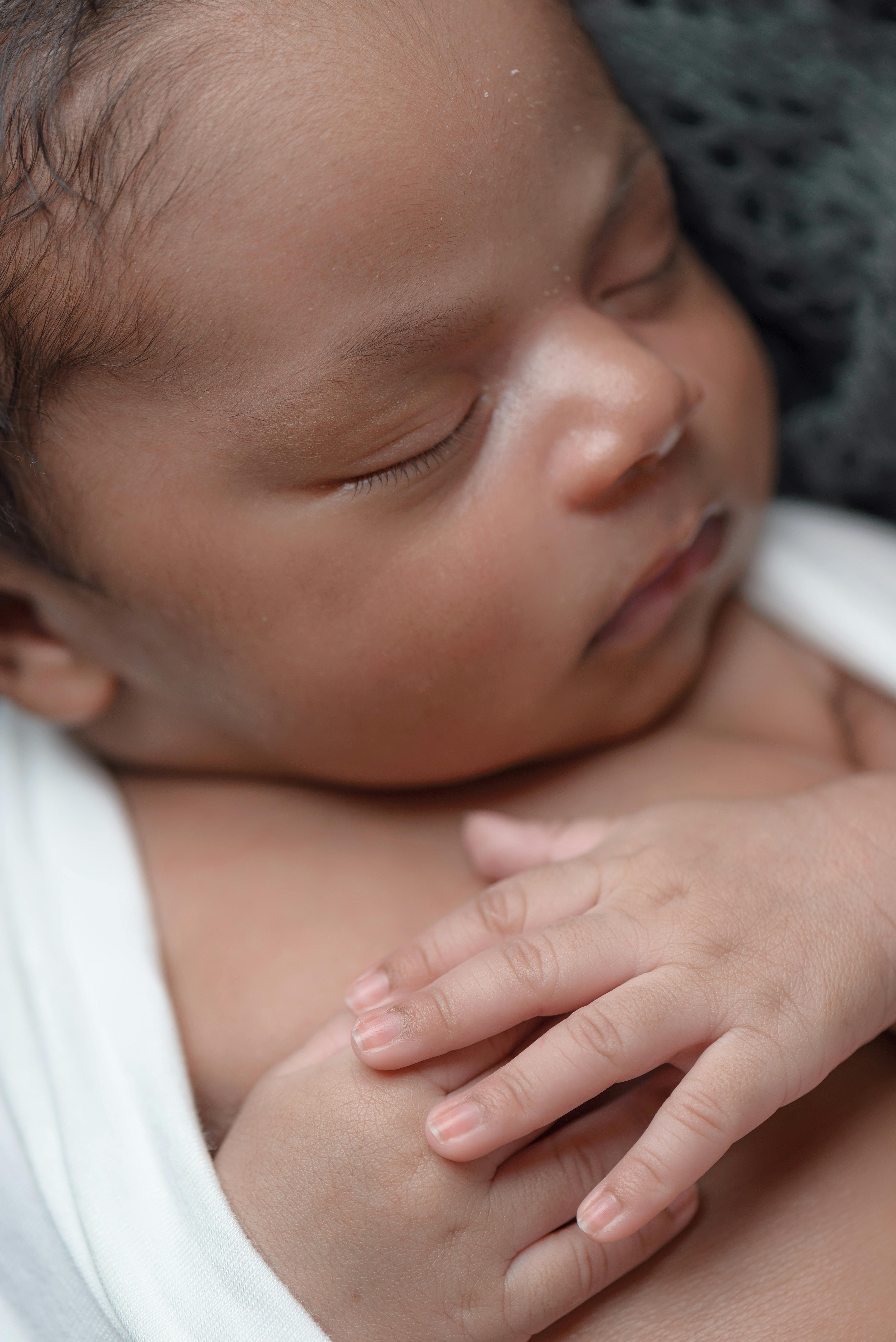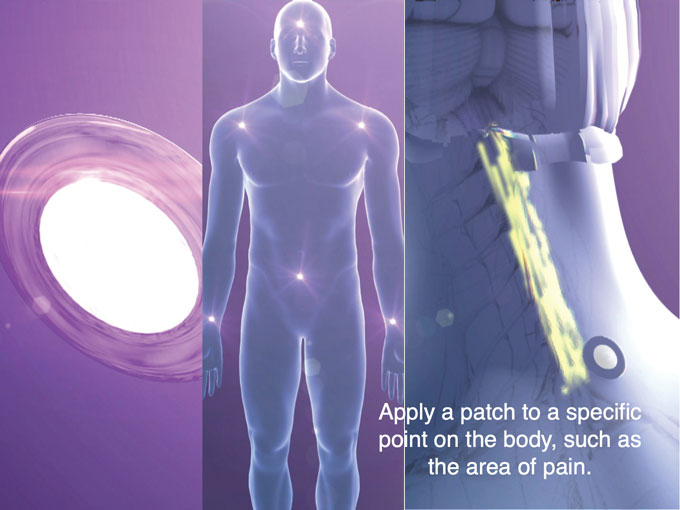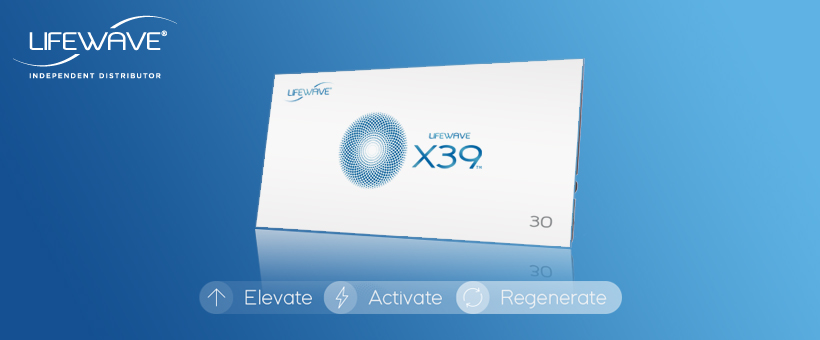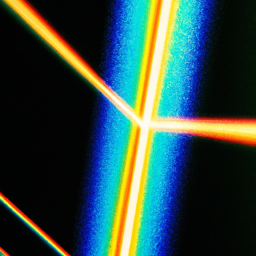Imagine this: you’re holding your precious newborn in your arms, overwhelmed with love and joy. But suddenly, you notice a yellowish tint on their skin. It’s a sign of newborn jaundice, a common condition that affects almost every baby. Don’t panic! There is a solution called phototherapy that can effectively treat this condition. But how does it actually work? In this article, we’ll unravel the mysteries behind phototherapy for newborn jaundice, giving you all the information you need to ensure your little one receives the best care possible.
What is newborn jaundice?
Newborn jaundice, also known as neonatal jaundice, is a common condition that affects many infants within the first few days of life. It is characterized by yellowing of the skin and eyes due to high levels of bilirubin, a yellow pigment produced during the breakdown of red blood cells. Bilirubin is typically processed by the liver and eliminated from the body, but in newborns, this process may take some time to fully develop, leading to the accumulation of bilirubin and the development of jaundice. While newborn jaundice is usually harmless and resolves on its own, it is important to monitor and manage the condition to prevent any complications.
Causes of newborn jaundice
Physiological jaundice
Physiological jaundice is the most common type of newborn jaundice, accounting for the majority of cases. It occurs when the baby’s liver is still maturing and may not be able to efficiently process bilirubin. This type of jaundice usually appears on the second or third day after birth, peaking around the fifth day, and then gradually subsides over the following weeks.
Breast milk jaundice
Breast milk jaundice is a type of jaundice that occurs in a small percentage of breastfed infants. It is believed to be caused by substances present in breast milk that can interfere with the breakdown and elimination of bilirubin. Breast milk jaundice typically appears after the first week of life and may last for several weeks or even months. It is important to note that despite the presence of jaundice, breast milk jaundice does not typically affect the baby’s overall health or development.
Blood group incompatibility
In some cases, newborn jaundice may be caused by blood group incompatibility between the mother and the baby. This occurs when the mother’s blood type contains antibodies that attack the baby’s red blood cells, leading to the release of large amounts of bilirubin. Blood group incompatibility jaundice typically appears within the first 24 hours after birth and can be more severe than other types of jaundice.
Enzyme deficiency
Rarely, newborn jaundice can be caused by a deficiency of certain enzymes that are essential for bilirubin processing. One such enzyme deficiency is known as G6PD deficiency, which affects the ability of red blood cells to function properly and may lead to an accumulation of bilirubin. This type of jaundice is usually apparent within the first few days of life.

Symptoms of newborn jaundice
The most obvious symptom of newborn jaundice is yellowing of the skin and eyes. This yellow discoloration, known as icterus, is caused by the buildup of bilirubin in the body. In addition to jaundice, other common symptoms of newborn jaundice may include poor feeding, lethargy, dark urine, and pale stools.
Why is phototherapy used?
Phototherapy is a commonly used treatment for newborn jaundice. It involves exposing the baby’s skin to a specific type of light, typically blue or green light, which helps to break down the bilirubin into a form that can be easily eliminated from the body. Phototherapy is used to prevent the accumulation of bilirubin and reduce the severity of jaundice. It is a safe and effective treatment that can help normalize the baby’s bilirubin levels and prevent complications associated with high levels of bilirubin in the blood.

What is phototherapy?
Phototherapy is a non-invasive treatment that utilizes specialized lights to help manage newborn jaundice. It works by converting the bilirubin in the baby’s skin into a water-soluble form that can be excreted through urine and stools. This process is known as photoisomerization and is facilitated by the specific wavelengths of light used during phototherapy.
Types of phototherapy
Conventional phototherapy
Conventional phototherapy is the most common form of phototherapy used to treat newborn jaundice. It involves placing the baby under a blue fluorescent light, which emits a specific wavelength known to be effective in breaking down bilirubin. The baby is usually undressed and wears protective eye patches to shield their eyes from the light. The duration of conventional phototherapy varies depending on the severity of the jaundice and the baby’s individual response to treatment.
Fiber-optic phototherapy
Fiber-optic phototherapy is a newer and more advanced form of phototherapy that uses fiber-optic cables to deliver light directly to specific areas of the baby’s skin. This targeted approach allows for more precise treatment and reduces the risk of overheating or discomfort for the baby. Fiber-optic phototherapy is particularly beneficial for infants with localized or severe jaundice.
Phototherapy with light-emitting diodes (LEDs)
Phototherapy with light-emitting diodes (LEDs) is a form of phototherapy that utilizes LED lights to treat newborn jaundice. LEDs emit light within a specific wavelength range, similar to conventional phototherapy, but they have the added advantage of being smaller, more energy-efficient, and emitting less heat. LED phototherapy is considered to be equally effective as conventional phototherapy but may offer additional benefits, such as reduced energy consumption and increased safety.

How does phototherapy work?
Phototherapy works by converting the bilirubin in the baby’s skin into a water-soluble form that can be eliminated from the body. When the baby’s skin is exposed to specific wavelengths of light during phototherapy, the bilirubin molecules absorb the light energy, causing them to undergo a chemical reaction. This reaction transforms the bilirubin into a form that can be more easily excreted through the baby’s urine and stools. By breaking down bilirubin in this way, phototherapy helps to reduce the levels of bilirubin in the blood, effectively treating newborn jaundice.
Effects of phototherapy
Phototherapy has shown to be highly effective in reducing bilirubin levels and treating newborn jaundice. It helps to prevent the accumulation of bilirubin in the baby’s body, which can be toxic and potentially harmful. By utilizing the specific wavelengths of light, phototherapy safely breaks down bilirubin and facilitates its elimination from the body. As a result, phototherapy can alleviate the symptoms of jaundice, such as yellowing of the skin and eyes, and improve the overall health and well-being of the newborn.
Risks and side effects of phototherapy
Phototherapy is a generally safe and well-tolerated treatment for newborn jaundice. However, like any medical intervention, it does come with some risks and potential side effects. One common side effect of phototherapy is temporary bronze discoloration of the skin, which usually fades once the treatment is stopped. Another possible side effect is loose stools or diarrhea, which can result from the increased excretion of bilirubin through the stools. In rare cases, more serious side effects, such as dehydration, overheating, or eye damage, may occur. However, these risks are minimized through careful monitoring and appropriate management during phototherapy.
Monitoring during phototherapy
During phototherapy, it is important to closely monitor the baby’s bilirubin levels, as well as their overall well-being. Regular blood tests are typically performed to assess the effectiveness of the treatment and ensure that bilirubin levels are decreasing as expected. Additionally, healthcare professionals will monitor the baby’s hydration status, body temperature, and any signs of discomfort or adverse reactions. Close monitoring allows for early detection of any complications or issues that may arise during phototherapy and ensures the safety and effectiveness of the treatment.
In conclusion, phototherapy is a valuable treatment option for newborn jaundice. By utilizing specific wavelengths of light, phototherapy effectively reduces bilirubin levels in the baby’s body, alleviating the symptoms of jaundice and preventing complications. With different types of phototherapy available, healthcare professionals can tailor the treatment to the individual needs of each baby. Although phototherapy comes with some potential risks and side effects, these are generally rare and can be minimized through careful monitoring and proper management. Overall, phototherapy offers a safe and effective solution for managing newborn jaundice and ensuring the well-being of newborns.





